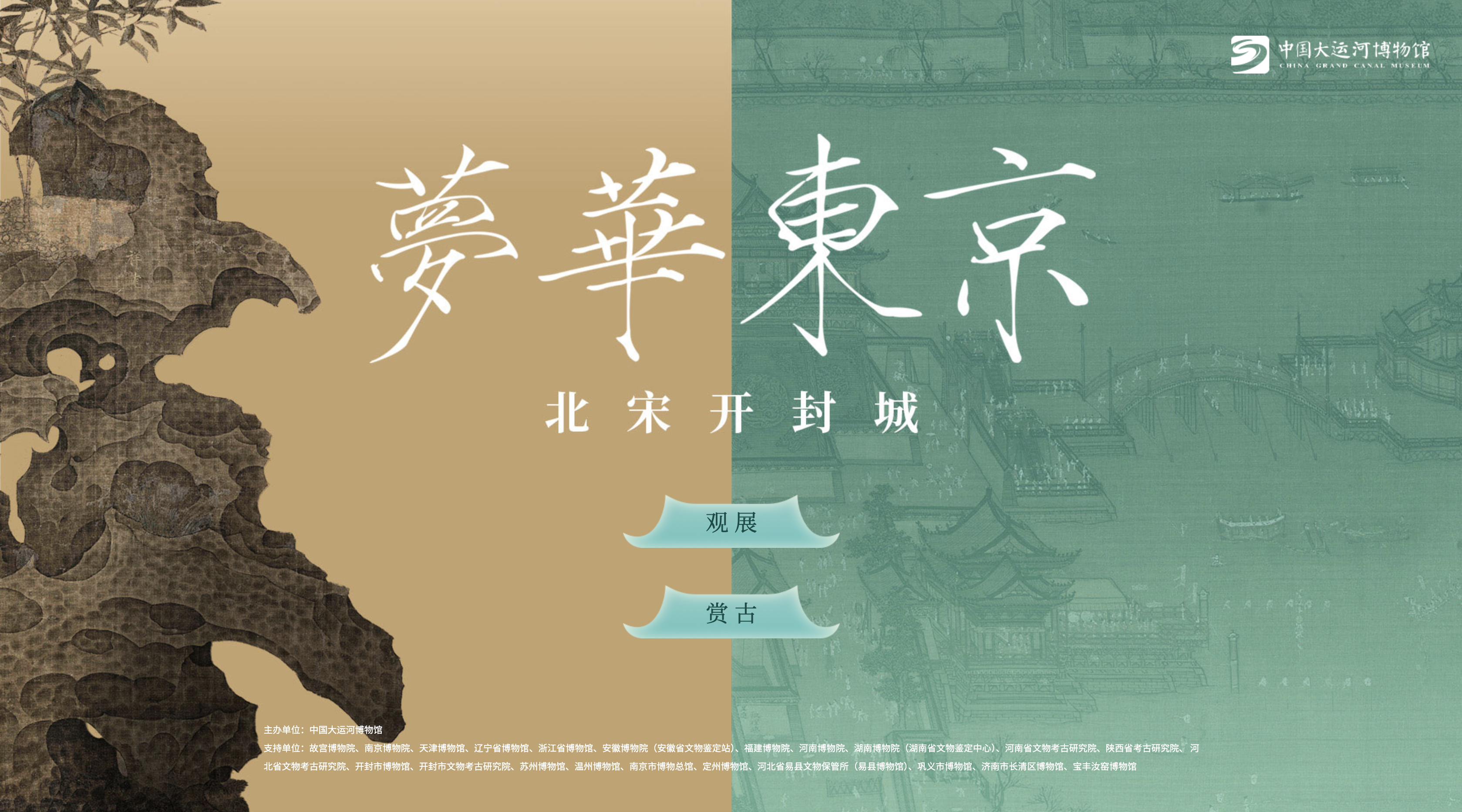In the spring of 960 AD, Zhao Kuangyin, a general of the Later Zhou’s imperial army, was draped with the imperial yellow robe during the Chenqiao Mutiny, thereby founding the Northern Song Dynasty and becoming its first emperor. Under this new leadership, the once-divided northern and southern regions were promptly reunited. After thorough consideration of the founding circumstances, Dongjing—present-day Kaifeng in Henan Province—was designated as the imperial capital.
By the late Tang and Five Dynasties period (835–960 AD), the construction of the Grand Canal had transformed Kaifeng into a key crossroads linking north to south and east to west. It was lauded as “an essential nexus of travel, bustling with land and water traffic, holding a pivotal strategic position north of the Yellow River, and connecting the grain transport routes of the Yangtze and Huai River systems.” After the Northern Song court established its capital in Kaifeng, the city quickly rose to prominence as the nation’s hub and stood among the world’s most vibrant metropolises of its time.
During the Song Dynasty (960–1279), a thriving economy spurred an extraordinary cultural flourishing that reached unprecedented heights. A vivid example was the Northern Song capital, Dongjing (also known as Bianliang)—modern-day Kaifeng. Cities function not only as hubs of commerce but also as incubators and catalysts for culture. The economic vigor and cultural vibrancy of Dongjing during the Northern Song Dynasty evoke a nostalgic longing for that flourishing Song era. Its elite, including scholar-officials, also fueled this cultural dynamism. Their refined tastes and pursuits set the cultural tone of the era.
A city’s appearance is shaped by economic and cultural development. By dismantling the traditional ward (fang) and market (shi) system to further encourage commerce and industry, Dongjing took on a fresh look, opening a new chapter in the history of ancient Chinese cities.










